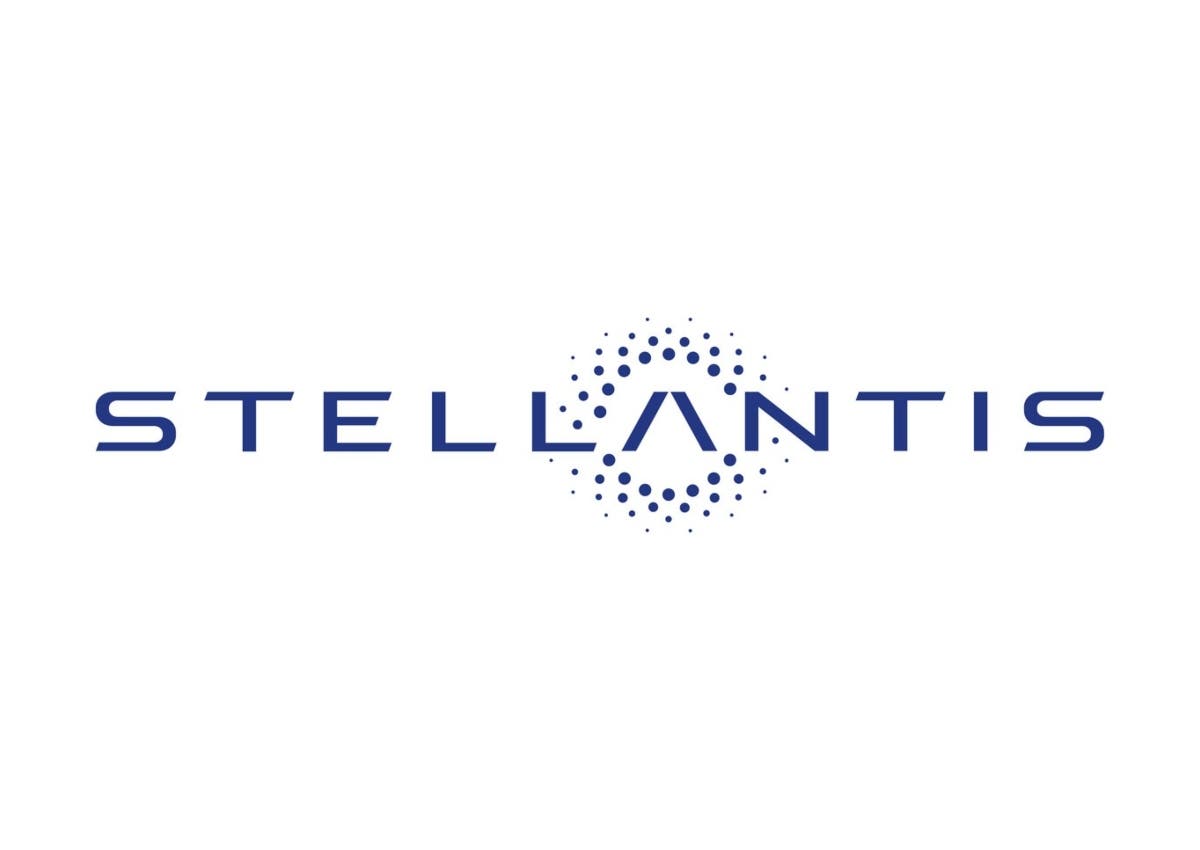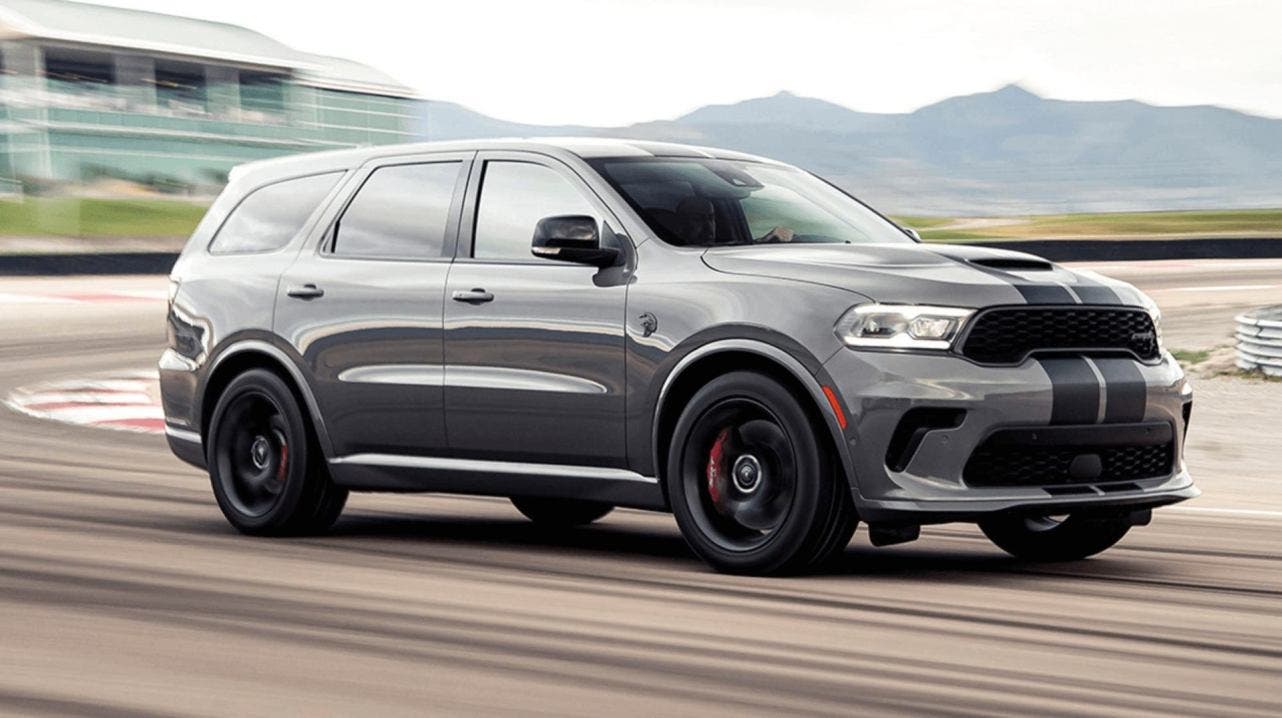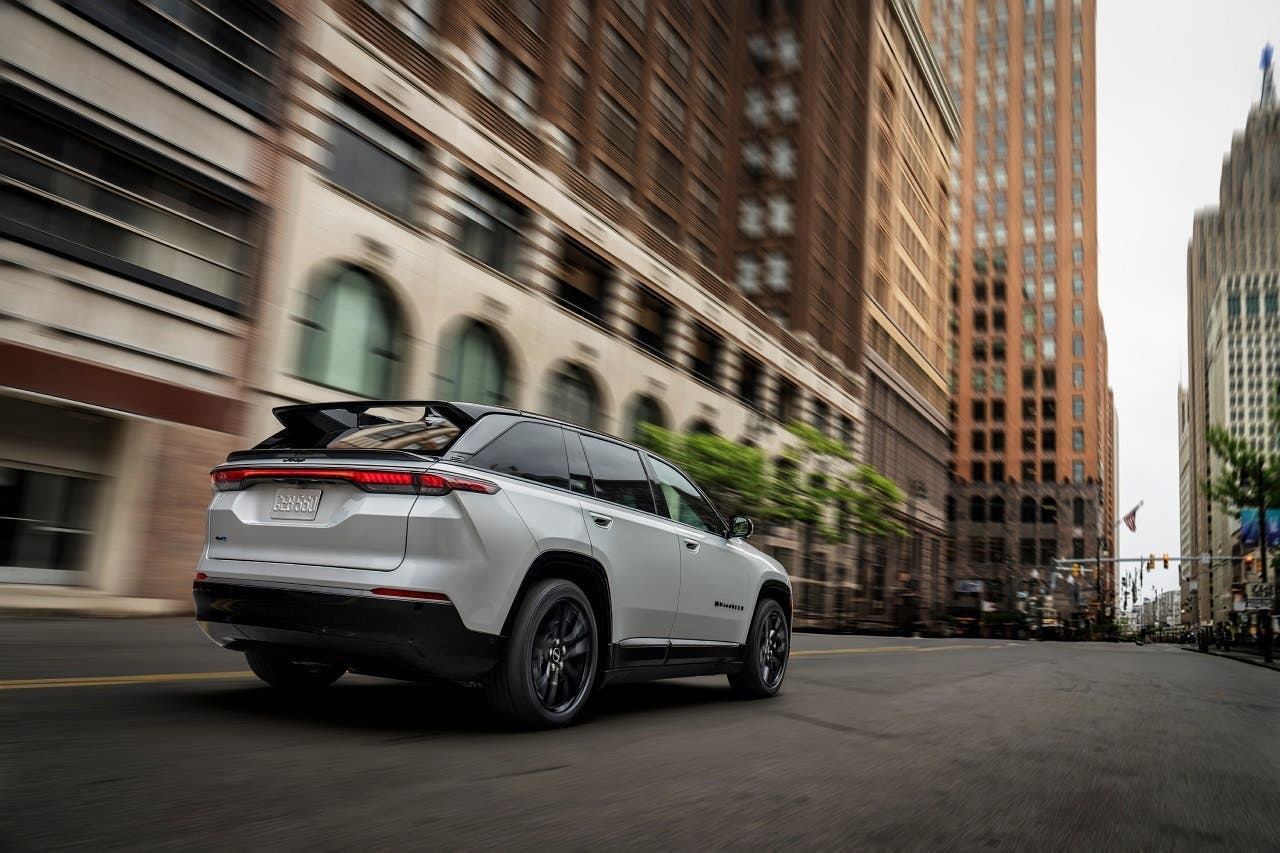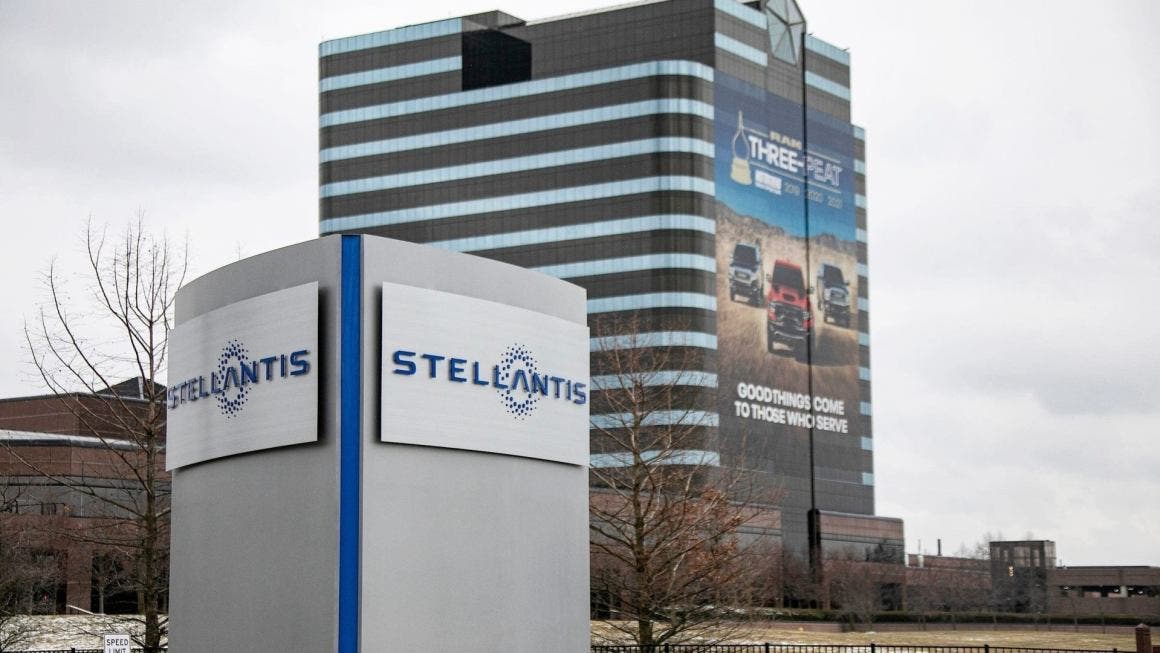Stellantis dealers in the United States have expressed growing frustration over the prolonged presence of expensive vehicles in their lots, significantly exceeding the industry average. This situation is severely compromising their profitability. The tensions that emerged during Stellantis’ National Dealer Council meetings, held on Tuesday and Wednesday in Detroit, highlighted these issues. Kevin Farrish, president of the National Dealer Council, reported that during talks with company management, a new marketing program, increased incentives to clear dealers’ lots of older models, and the launch of new models were discussed.
American Stellantis dealers concerned about the non-competitiveness of products

Furthermore, a critical issue was raised regarding the ongoing software disruptions caused by the cyberattack on CDK Global, which affected numerous retailers. The meeting comes about a month after Chrysler, Dodge, Jeep, and Ram dealers sent a strongly worded letter to CEO Carlos Tavares expressing their frustration and raising concerns about the company’s shrinking market share and a lack of competitively priced vehicles.
In the letter, which asks Tavares to work with them on a recovery plan, it is stated that the country’s more than 2,600 dealers are feeling the financial crisis and profits are expected to hit their lowest point since 2009, the same year the company Chrysler Group went through a difficult period with a federally induced bankruptcy in the context of the global financial meltdown.
“The Stellantis US Dealer Network is deeply concerned about the current state and future direction of the brands we represent,” reads the May 23 letter signed by Farrish. “Our products are not competitive in terms of invoice price, transaction price, leasing, or conventional financing. Many models are priced $10,000 higher than similarly equipped vehicles from our competitors.”
In early June, the average supply of new vehicles was 74 days, according to Cox Automotive. But Stellantis brands were well above that: Chrysler at 119, Dodge at 121, Jeep at 147, and Ram at more than double the industry average.

The automaker’s declining market share has been a problem. In the United States, one of Stellantis’ largest and most important markets, total vehicle sales fell 10% in the first quarter compared to the previous year, and Cox Automotive analysts this week predicted a steeper decline of over 20% in the second quarter. The automaker will report its data next week.
A fundamental issue that dealers say remains unresolved, even after this week’s meeting, is the consistently high prices of Stellantis vehicles. Both retailers and analysts have stated that higher prices, at a time when price-sensitive consumers are facing high interest rates and inflation, have been a significant factor leading to slowing sales and increasing inventory. The group made several reductions to the recommended price earlier this year, but retailers say further adjustments are needed.
Stellantis’ recommended prices averaged $59,398 in April, about $10,000 more than the industry as a whole, according to Edmunds.com Inc. The company was discounting its vehicles by an average of about $2,700, compared to the industry’s $1,600 discount. “We continue to work closely with our U.S. dealer network to address specific topics as part of our ongoing dialogue,” said Matt Thompson, Stellantis’ new head of U.S. sales. “These are not limited to the company’s recent price adjustments in its Ram, Dodge, Chrysler, and Jeep brand portfolios and incentive programs.”

Thompson emphasized that the launch of the company’s first fully electric vehicles this year, including the Jeep Wagoneer S, “remains a priority.” However, he stated that it is equally fundamental to ensure the success of dealers through a variety of products, including electric, plug-in hybrid, and gasoline vehicles. Dealers have shown skepticism about the company’s aggressive electrification plans, particularly as Jeep models and Ram pickups, known for their high fuel consumption, have historically been very profitable.
Stellantis executives stated, during a recent investor event in Auburn Hills, that they are aware of many of the issues raised by dealers and are trying to address them. Carlos Zarlenga, who assumed the role of the company’s Chief Operating Officer for North America earlier this year, acknowledged both the decline in market share, down 1.7 percentage points in May compared to the previous year, and the high number of supply days, up 33 days year-over-year, issues that need to be resolved, despite progress already made in recent months.
